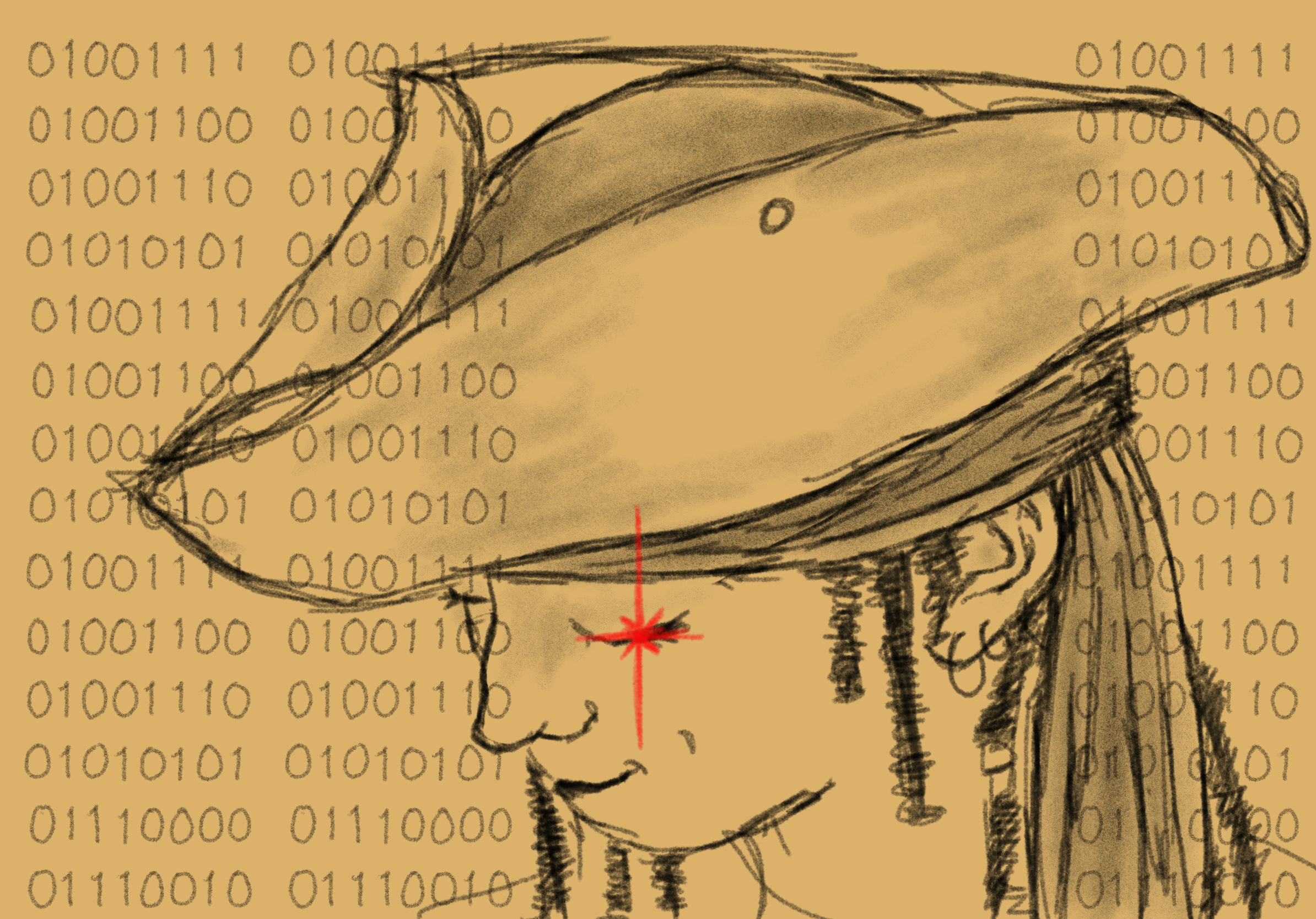.jpeg)
Sometime in elementary school, likely in grade three or four, I remember going on a field trip to the Calgary Zoo. My most vivid memory from that day was not the animals or my friends — it was the enthusiasm with which I scavenged the gift shop after the tour. After exploring and begging my mom to buy me tacky trinkets, my eyes fell upon my own personal holy grail of kitsch gift shop gifts — a blue and pink coil bound cardboard notebook with a metal butterfly emblem on the cover.
I needed that notebook.
I had planned on using it as a diary, but eventually ended up finding all sorts of goodies to glue in there alongside my nine-year-old musings. I started with my old second grade class picture, on which I scratched out the faces of kids who were no longer attending my school (which, in retrospect, was a fairly creepy thing for me to do). From there I started collecting leaves and flowers that I thought were unique, and at one point I even taped in the wings of a grasshopper. If that book had fallen into the hands of someone other than myself, I probably would have been questioned about its dubious contents. Nevertheless, I was participating in a form of self expression that I had not yet explored before, and my first ever commonplace book was born.
About ten years later, in December 2023, I walked out of my last Creative Writing 150 tutorial with a reignited passion smouldering somewhere deep within me. That evening, I drove to a bookstore in search of a book small and durable enough for me to carry everywhere, and found a black unruled Moleskine that fit in the palm of my hand. The little notebook was purchased for the sole sake of poetry, but eventually my hodgepodge of ideas transformed it into a new, less ominous commonplace book.
Commonplace books have been kept for centuries to keep track of ideas, knowledge, and inspiration. They may be organised and thematic, or can be a mishmash of any thought that might be worth further exploration. For me, the particular joy of a commonplace book is the pure creative freedom. Whether it is poetry, to-do lists, sketches, or song lyrics, my commonplace book is a unique reflection of my identity and mental health in some of its rawest forms.
As students constantly engaged with academia, we are adjusted to the rigidity of formatting and grades. In personal writing, these rules can become self-imposed; sentence structure, clarity, and word choice infiltrate intimate ideas and muddle thoughts that may be best left “unedited.” However, irrational and chaotic thoughts do not necessarily require organisation. Mental health can be messy and confusing — why try to water down your own feelings with issues of readability and neatness? Having struggled with depression and anxiety for as long as I can remember, keeping a collection of unpolished ideas that come to me in difficult moments serves as a form of artistic expression as well as therapeutic regulation. Essentially, having a place to write without the usual restrictions that we associate with writing is a liberating form of self expression, creativity, and helps in understanding the complications of one’s ever-changing identity.
The commonplace book is more than just a location to write down tidbits of ideas or information. For me, it is a collection of tiny mundanities from my day-to-day life that I find relevant. The pages of that Moleskine are filled with sketches, pressed flowers, parking receipts, and tea bag labels that symbolise important experiences or emotions that I can draw from. To anyone other than myself, these pages might look like a clutter of meaningless nonsense, but to me, they are physical pieces of road trips, dates, concerts, and visits back home. Once more, they serve as a way of expressing my thought processes and emotions that are hard to put into words.
A loved one of mine told me that our identities do not lie entirely within our personality or thoughts, but in the actual way we think and experience the world. That is to say, our identities are reflected in the aspects of our worldview that are internalised and sometimes seem unexplainable to even ourselves. It is why we are the way that we are, as well as how we change throughout the course of our lives. Whether or not you agree with this philosophy is one thing, but for me, I find this identity on the pages of my little black commonplace book. I know my nine-year-old self found some semblance of that identity as well, sitting cross-legged on the floor of her old bedroom with that ugly notebook spread in front of her.



